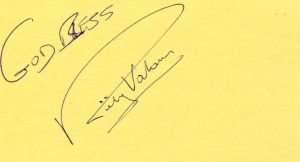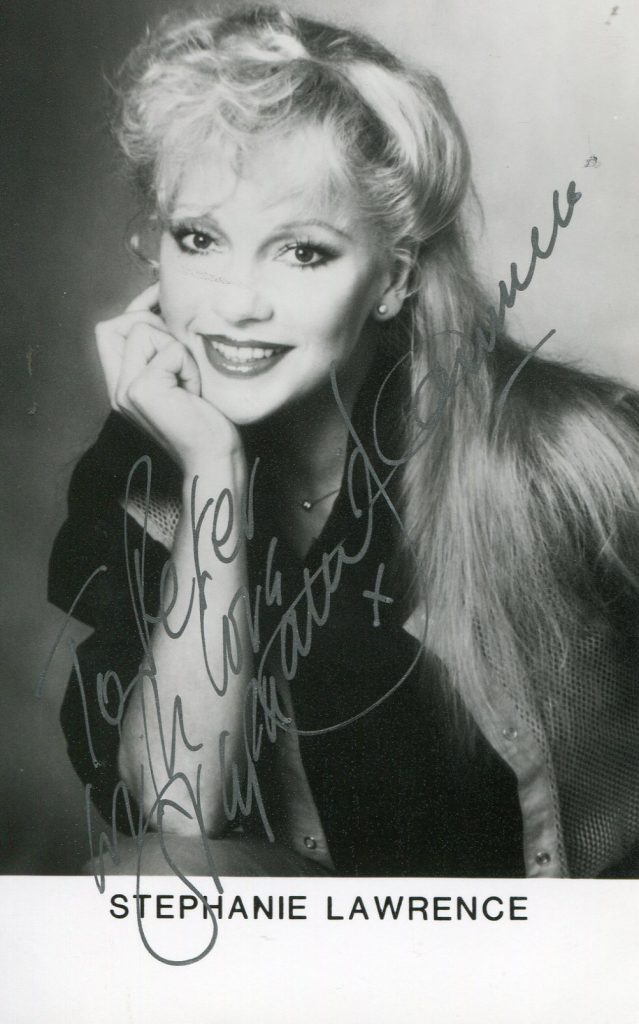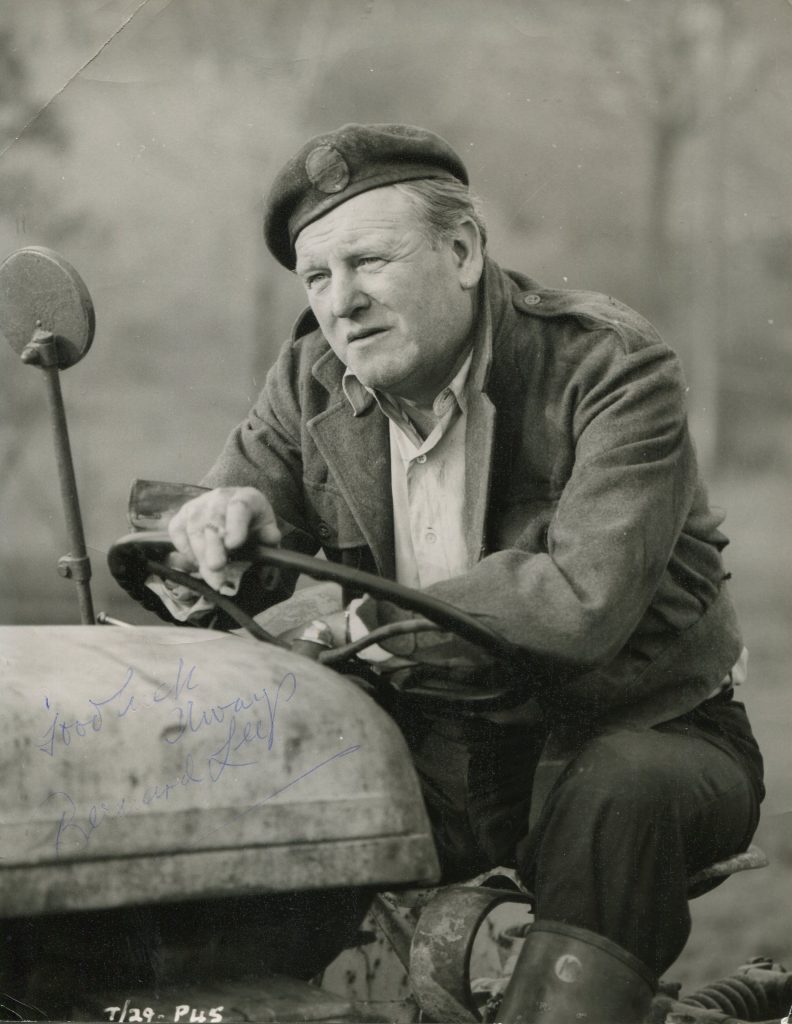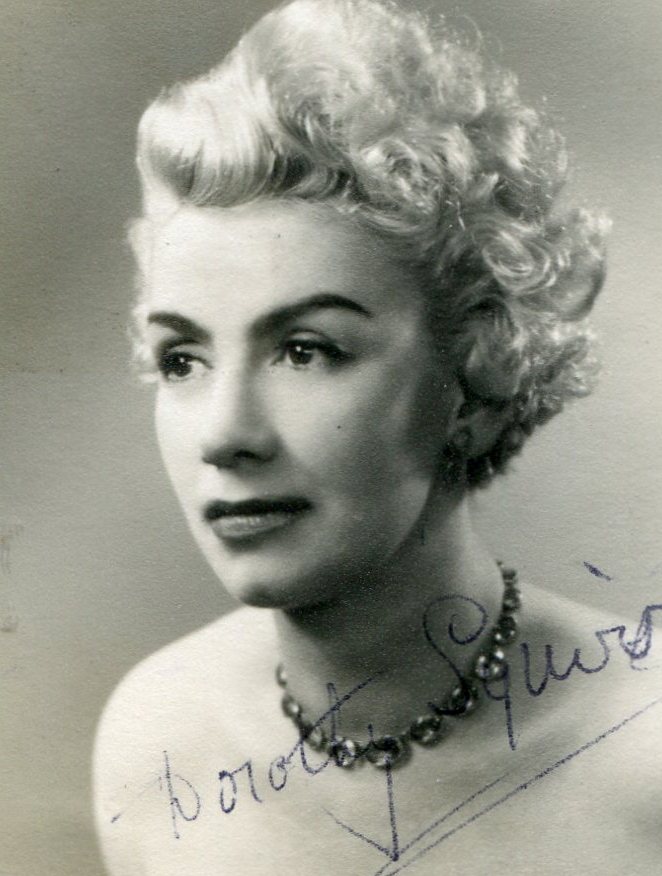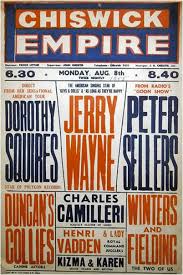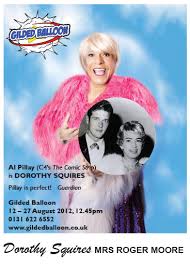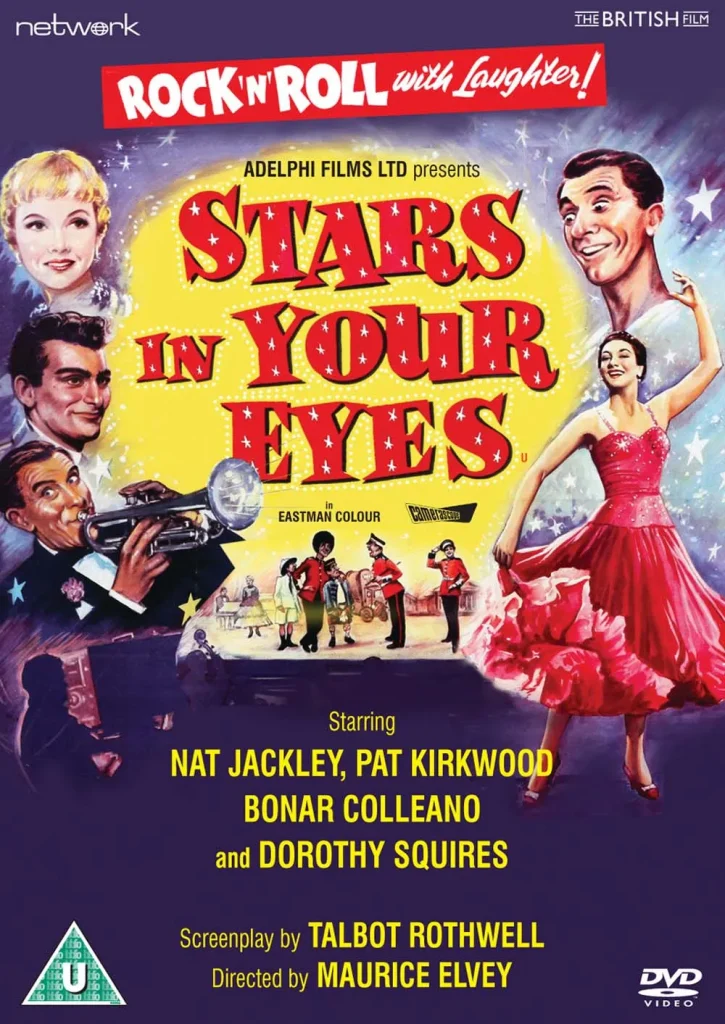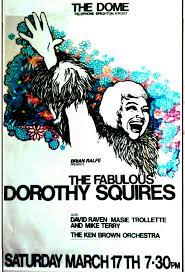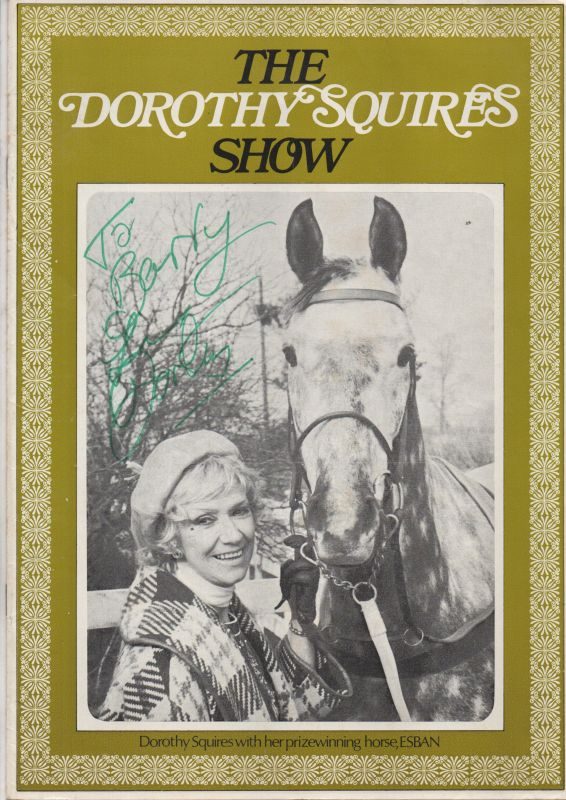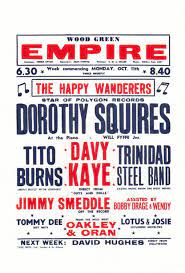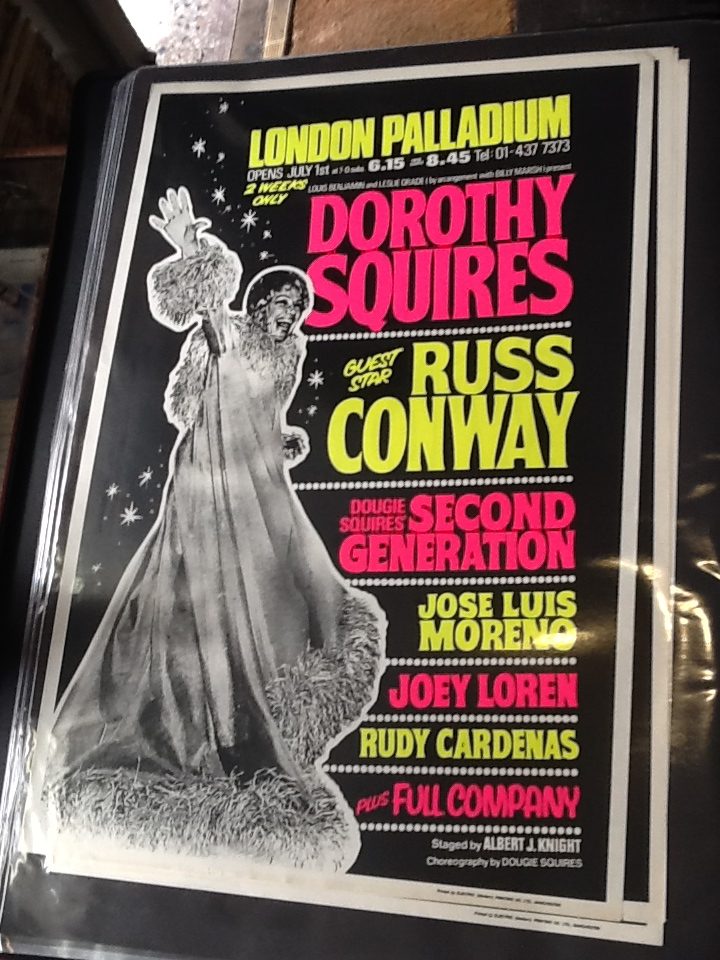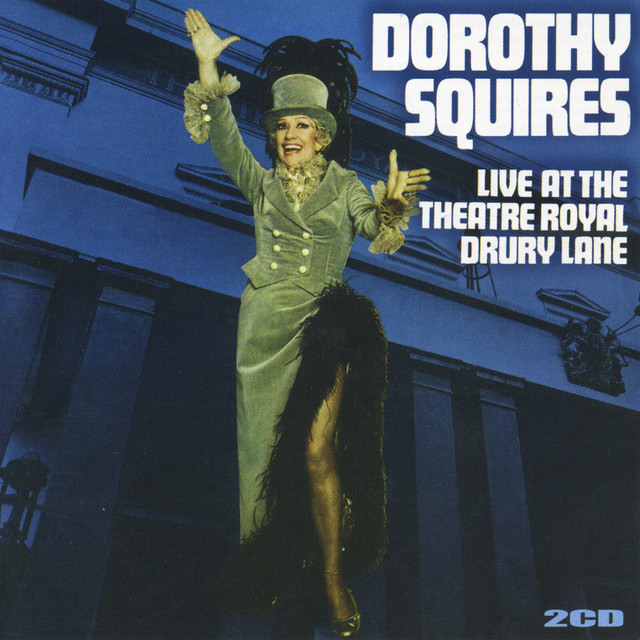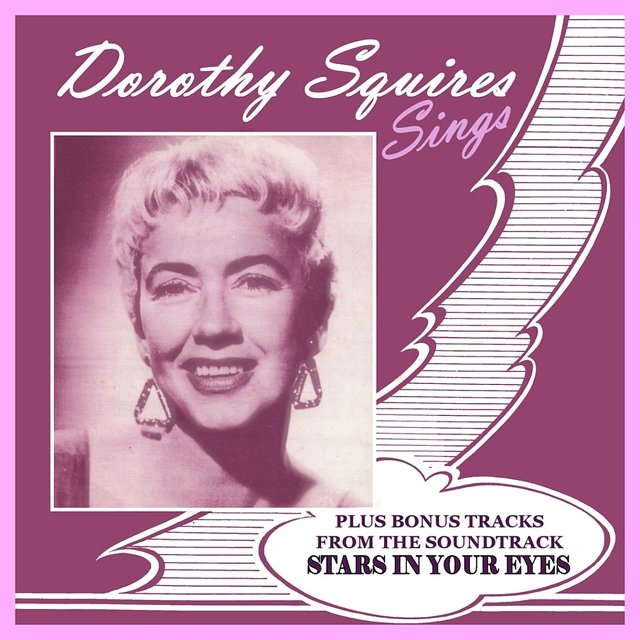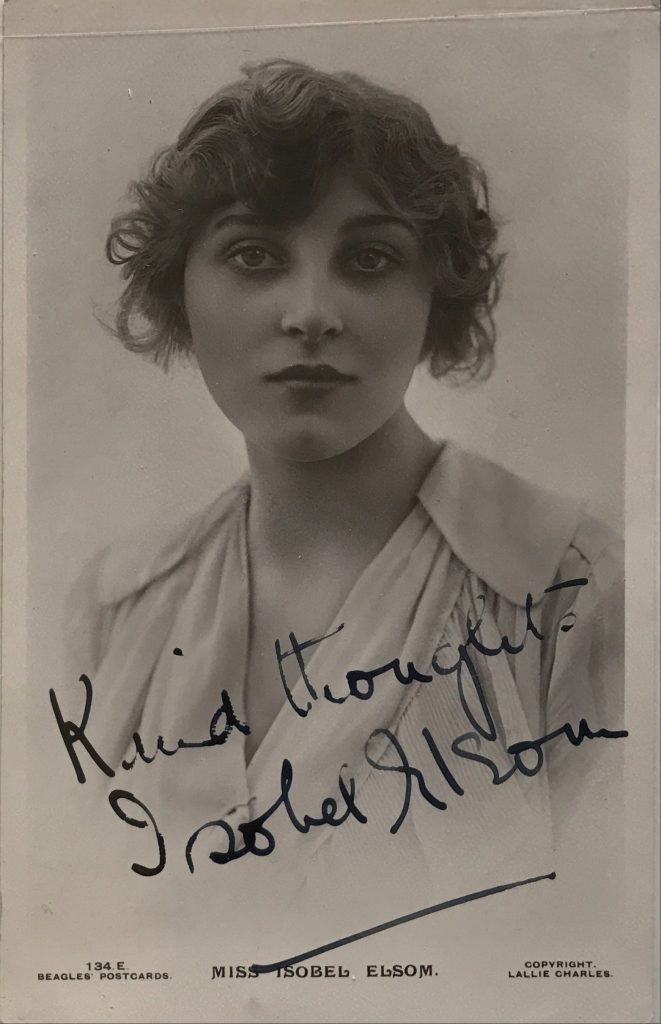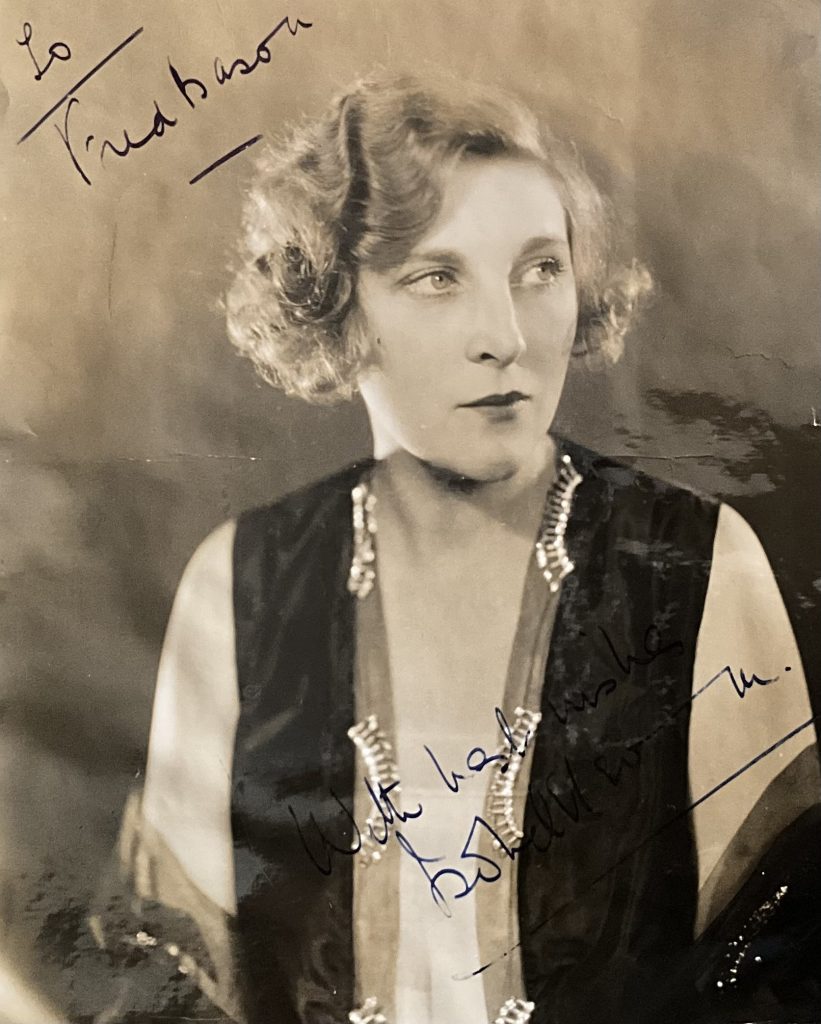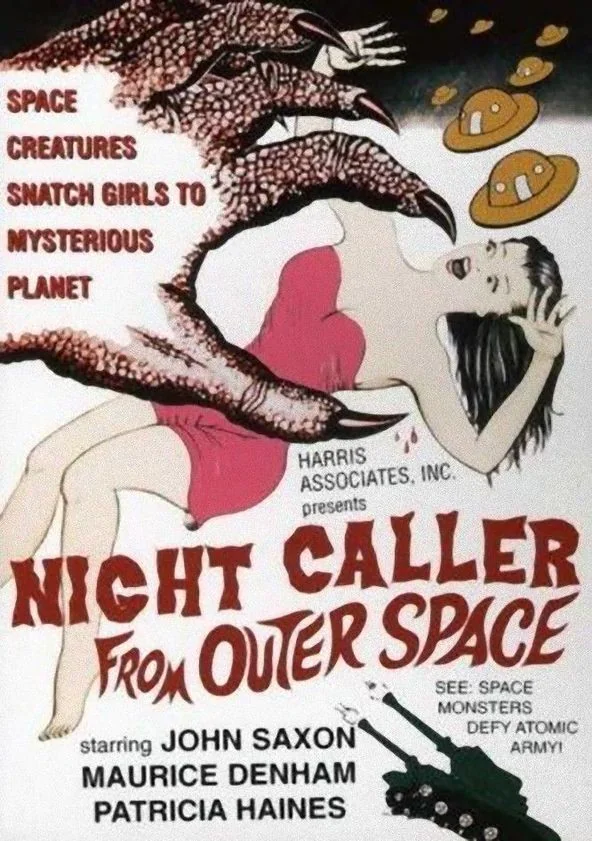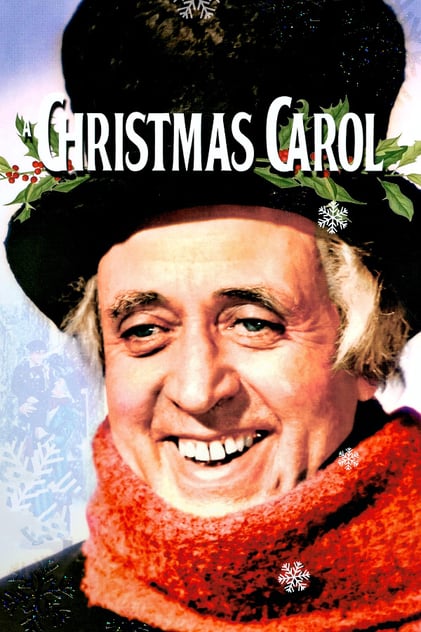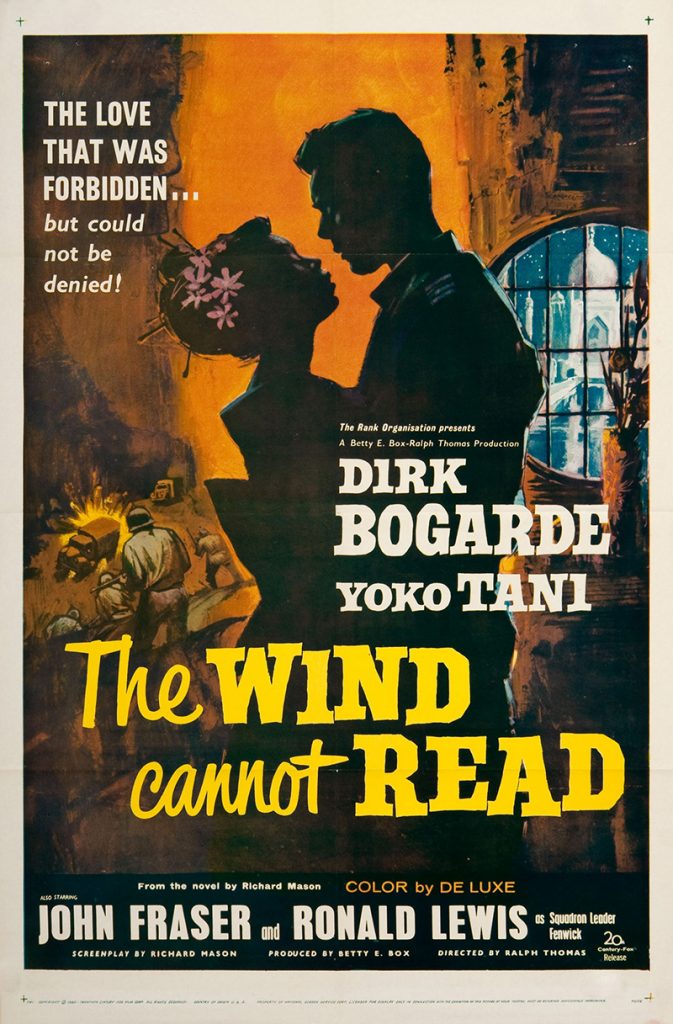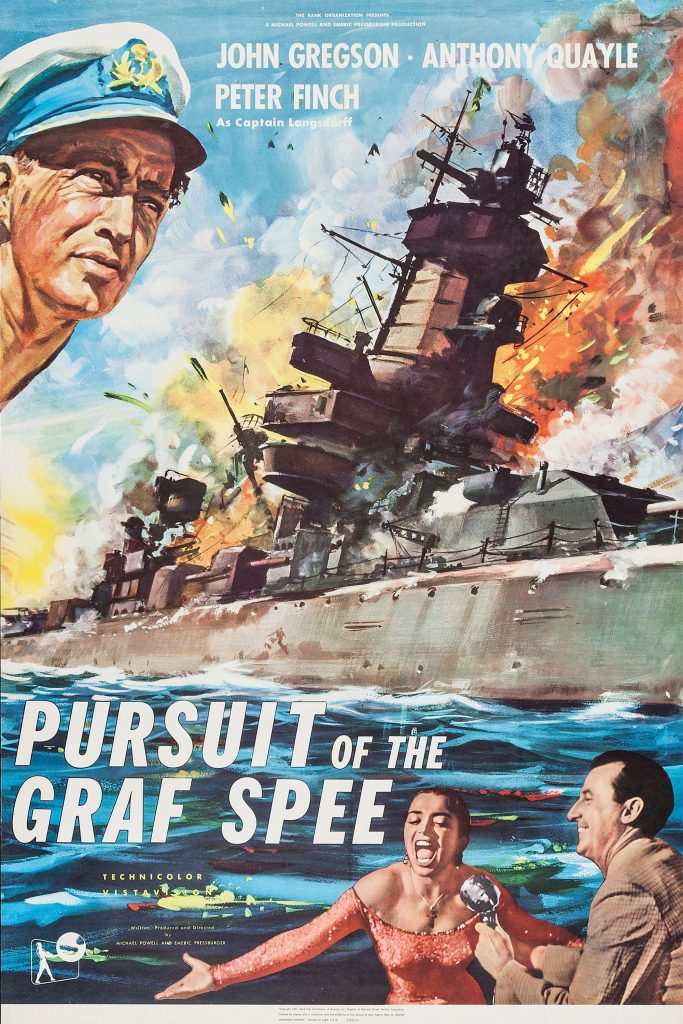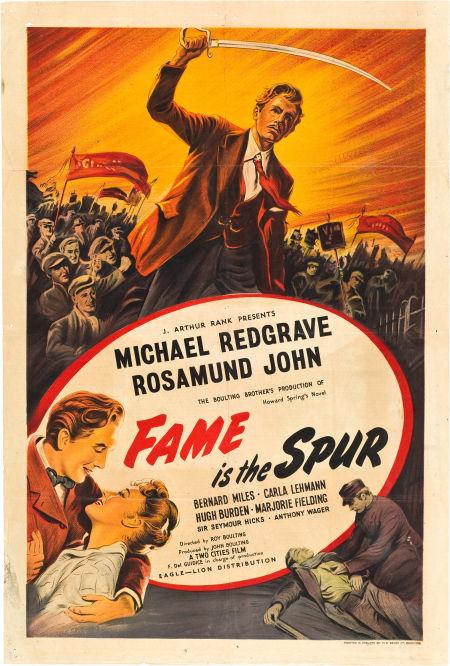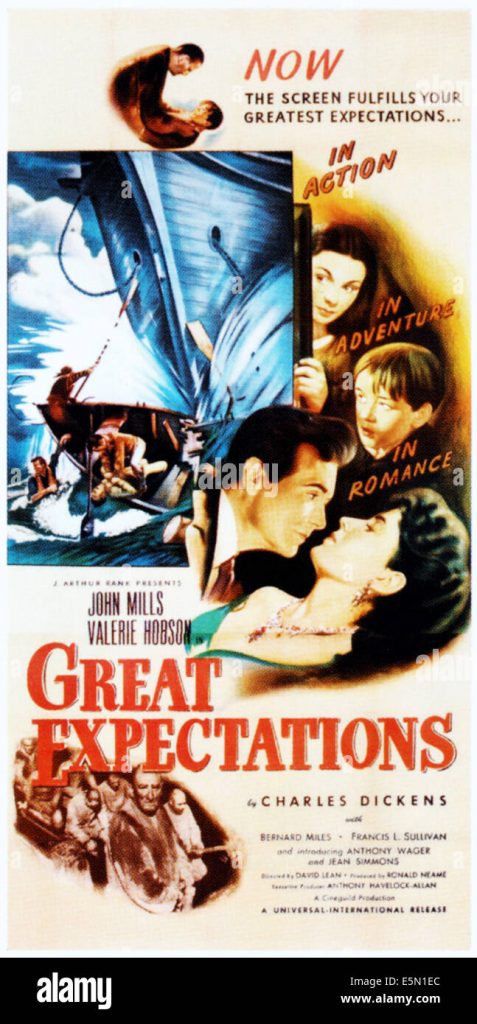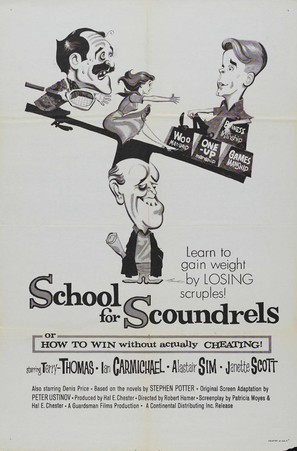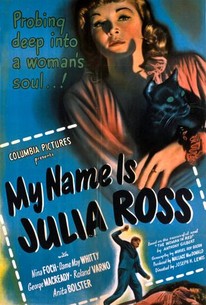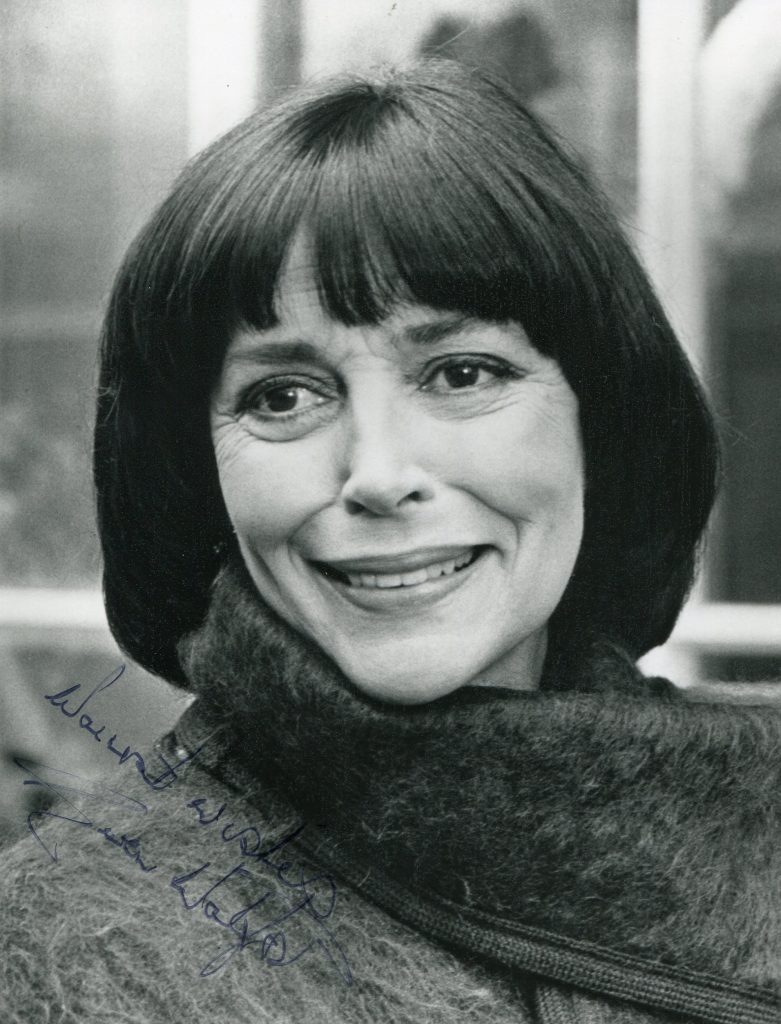
“Independent” obituary from 1994.
IF EVER the portents looked right for a would-be actress of Gwen Watford’s endearing young charm – which was to endure on stage and television for the next half-century – it was while she was a schoolgirl in Sussex. Her dream of being a concert pianist had been shattered by her music teacher after 10 years of application to the keyboard.
The next best thing, the teacher decided, must be the theatre. What about the school play? It was to be Girls in Uniform, a German Expressionist story of a highly strung schoolgirl sent to boarding school for the first time who finds solace from the aggressive, authoritarian atmosphere in the company of a sympathetic schoolmistress. This was a powerful role, with its lesbian undertones; and who should be coming to see it but John Gielgud and Hugh Beaumont, then ruling the West End stage (it was 1943). They were looking for likely young nuns for a play called Cradle Song.
She didn’t get a part, but she got the next best thing: a tip from Gielgud to Tony Hawtrey, who ran the Embassy Swiss Cottage as a try-out theatre for the West End, that here was a newcomer to watch.
She found herself in three successive productions by Hawtrey, two of which went into the West End. Networking? It is the only way most players can get on; and in the 1940s and 1950s there was perhaps more hope and scope for a novice, since apart from Swiss Cottage there were regular purveyors of transfers to town like the Arts and the Oxford Playhouse and other provincial houses whose stages did not differ markedly from London’s.
Thus it was that Frank Hauser’s Midland Theatre Company production of Ugo Betti’s The Queen and the Rebels transferred in 1955 from Coventry to the Haymarket to give Watford her third West End chance after five years in rep. She played the queen to the usurper (Irene Worth). It was the dethroned Watford who usurped our hearts because, as the rightful monarch and wronged victim of persecution, she never tried to assert herself. And she was greatly assisted, as was all her acting, by those large brown watery eyes, the warm, expressive voice that could reach to the rafters if required, and the ability to convey inner torment with poise.
Indeed the victim of persecution which she then presented with such touching charm was to become an increasingly familiar role from 1955 – not so much in the theatre but certainly on the television screen. That was the year in which she first appeared on it, impressively, as the Virgin Mary in Joy Harrington’s Jesus of Nazareth. And all her work for television, by today’s standards of television acting, became something to cherish. It brought her so near to us. Nor were the plays as contemptible as so many television plays seem to be today.
It was early days for the medium. Writers like David Mercer, James Saunders, David Hare, Willis Hall, Hugh Leonard and Roy Minton were supplying the scripts; and because the supply has since dried up we have learned to call them single plays. They made some marvellous material for Watford who, perhaps more than any other actress of her generation, knew how to express the pangs of despised love, the betrayals, the maternal fears and miseries with sympathy and sensibility.
It was an era of so-called ‘live’ television, when the players in the drama had to be on their mettle and the acting had a tension almost comparable to the theatre, where something could go wrong at any moment.
Things went so right for Watford that if she fancied a role in a new script that had come through the post her word was often reckoned good enough to merit production. Two particular triumphs came as Queen Elizabeth in Clemence Dane’s Till Time Shall End, and opposite George Cole in the 1977-79 series Don’t Forget to Write which Charles Wood wrote for them both. In the title-role of Willis Hall’s Afternoon for Antigone, she reminded the viewer of her tragic powers.
Then came the chance to play on the stage yet another kind of usurped queen, Schiller’s Mary Stuart at the Old Vic, when it was still the nearest thing we had to a national theatre, delving habitually into the classics. Up against Valerie Taylor’s Elizabeth, Gwen Watford more than held her own especially in the famous fictitious encounter between the two women. Again it was the quietude that told – the controlled emotion.
In that same 1960-61 season she also played Titania in A Midsummer Night’s Dream and Lady Percy in Henry IV part 1; and admirers had every reason to suppose that the theatre had reclaimed her. It was not to be. Not for a long time anyway.
Drama critics are rightly jealous of the stage, as the only place where acting comes up for ultimate judgement; and Gwen Watford, it seems, had not come up often enough. At any rate her reputation on the small screen had grown so great that by then she and Billie Whitelaw had become its two leading ladies.
We had to wait another five years to see her in the theatre, but it proved a most rewarding occasion. It was a new play by the youngest writer in living memory to achieve a play in the West End (he was 20), and it was staged by someone who had never directed a play before. Robert Kidd’s production without decor on a Sunday night at the Royal Court of Christopher Hampton’s When Did You Last See My Mother? (1966) gave Watford one of her most exquisitely delicate, decorous yet moving chances as an unusually sympathetic (and in other hands unbelievable) parent who went to bed with her schoolboy son’s best friend.
Thereafter the stage took a firmer hold on her career. As a woman whose marriage survived an almost unendurable strain in EM Forster’s Howard’s End (New, now Albery, 1967) she was again well- cast; and as the wearily married Masha, faithful to her schoolteacher husband but painfully in love with Keith Baxter’s Colonel in Three Sisters (Greenwich), she distilled the essence of Chekhovian suffering in a way that I had not felt since Margaret Leighton played the part.
Not until the 1980s and 1990s did parts of similar consequence in the theatre come her way. In Coward’s Present Laughter (Vaudeville) she won a SWET award for her performance as the managerial secretary to Donald Sinden’s matinee idol. In the Royal Shakespeare Company’s revival of All’s Well That Ends Well her regal Countess almost ranked with Peggy Ashcroft in the same role. Curiously enough both actresses shared voices which were prone to bring their classical characterisations nearer to the 20th century than they should have been because – as more than one critic remarked – you could tell they came from Kensington or Wimbledon. Such was Watford’s authority only a couple of years ago as Lady Hunstanton in the same company’s revival of Wilde’s A Woman of No Importance that one experienced playgoer was heard to murmur the name of Edith Evans.
Would that Gwen Watford could have been a company actress all her days: but then millions would have been deprived of that endearing gift, tragic or comic, for winning with a glance or a smile or a catch in the voice our deep concern for everything she did.
She also had a mysterious gift for being able, to the amazement of her colleagues, to unravel, with poise as usual, the most complicated of balance sheets at charity committees in aid of her fellow players.
The above “Independent” obituary can also be accessed online here.

